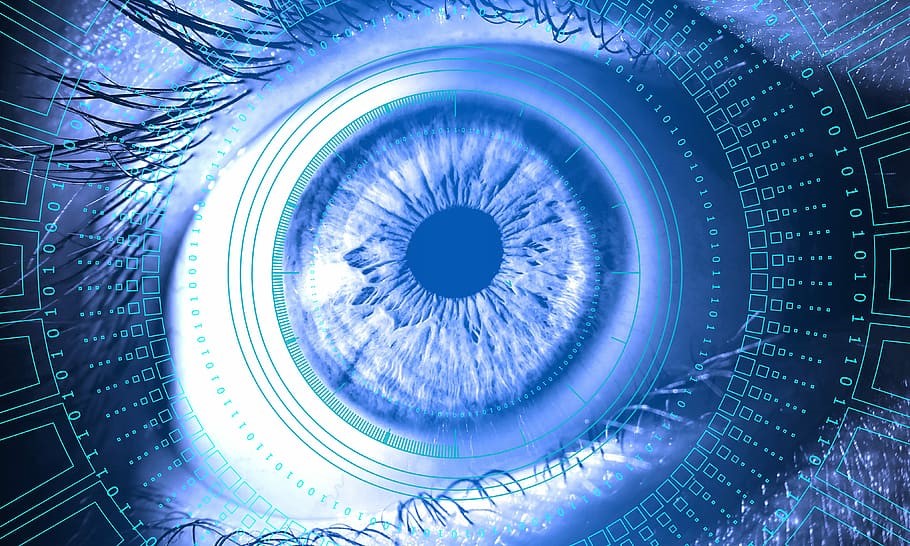In the third of our posts regarding the recent major international evaluation of AI in breast cancer screening, we consider what might be the implications of the results for breast cancer screening in the UK.
First, recall what the breast cancer screening programme looks like in the UK. Women are invited once every three years from age 50 (first invitation 50-52) to age 70 (last invitation 68-70). At each screen, two mammograms are taken of each breast (two views) and examined by two radiologists, the second of whom knows the opinion of the first. If the two disagree a third person looks at the mammograms to provide a consensus opinion. It was previously announced that the screening programme would be extended to cover women aged 47 to 73, but there were insufficient resources to do so immediately. Instead, in about two-thirds of the country women aged 47-49 and 71-73 have been randomised to screening invitation or no invitation (in equal numbers); and in the rest of the country they are not invited.
Extending breast screening has its critics. There are some who are not in favour of breast cancer screening at any age (because they believe that the harms of overdiagnosis outweigh the benefits of reduced mortality from breast cancer), while others argue that there have been no randomised controlled trials in women aged over 70. But despite this, the main reason for only inviting women aged 50-70 years is a lack of resources for screening women outside of this age range, the principle bottleneck being a lack of people to read the mammograms rather than a lack of X-ray machines. So, if AI can reduce the work involved, that would enable more women to be screened.
Use AI as a second reader
As discussed in the paper, one use of AI would be to perform the second screen. If the AI system disagree with the first reader, then another human could be asked to adjudicate. This is not quite the scheme that was evaluated in the paper, but it seems more pragmatic than using a second reader when recommended by the AI system and a third reader to adjudicate when the two human readers disagree. Additionally, screening could potentially be improved by telling the second reader how sure the AI system was in its reading. As shown in the paper, at an appropriate cut-off over 80% of those called strongly positive will have cancer, so it is unlikely that a human would wish to overrule the computer in such circumstances.
Using AI to eliminate the need for human reading of clearly normal images
At the other extreme, the AI system can identify a proportion with extremely low risk of cancer – the authors did not show whether any of the very few cancers with such an AI score are picked up by humans, but the adjudicating human could benefit from knowing that the computer placed the image in the extremely low-risk category.
Overall 1.6% of women in the UK test cohort had breast cancer diagnosed within 39 months. The AI system can identify a group such that the risk is only 0.01%. That risk is so low that there is no need for a human to look at the mammogram. 41% of women fell in that category. Thus, using the AI system as a ‘first reader’ could reduce the need for a first reader work by 40%.
Reduction in overdiagnosis
It is way too early to predict that an AI system could lead to a reduction in overdiagnosis, but there is certainly no evidence that it would lead to an increase in overdiagnosis as many must have feared. In the UK data, AI was better than humans at detecting invasive breast cancer over 15mm in diameter, but worse at detecting in situ cancer and invasive cancers under 10mm.
The future of radiologist in breast cancer screening
For the foreseeable future, I still think that radiologists will be essential for a good breast screening programme, but their work will change. Assuming the initial findings hold true, two in every five women being screened will not need to have a radiologist look at her images – they will be so “normal” that the AI system will confidently be able to rule out cancer. The other 60% of women will still have their mammograms read by a radiologist and perhaps one in eight will have a second radiologist adjudicate because the human and the AI system disagreed as to whether something was cancer or not.
But as well as changing UK screening in this way, AI could also be used to better personalise screening for individual women, and it is this that I’ll explore in our final post.
The views expressed are those of the author. Posting of the blog does not signify that the Cancer Prevention Group endorse those views or opinions.

